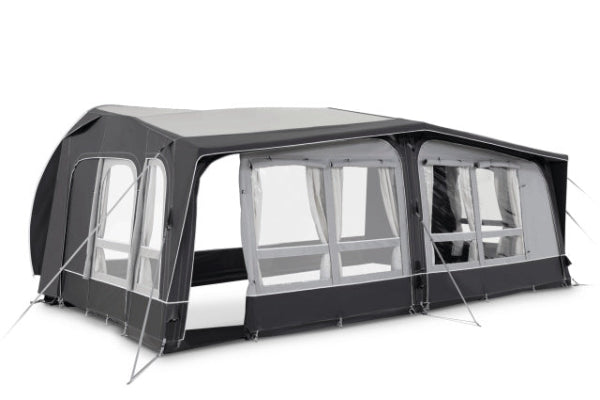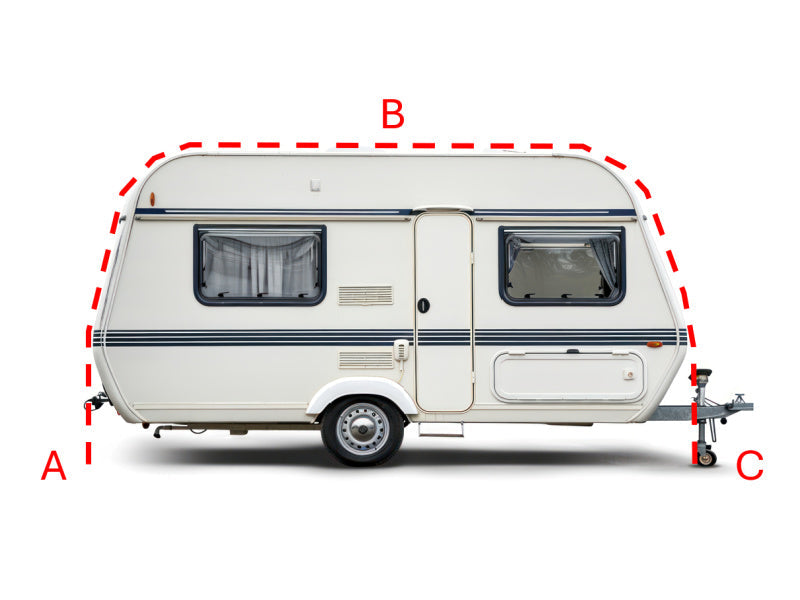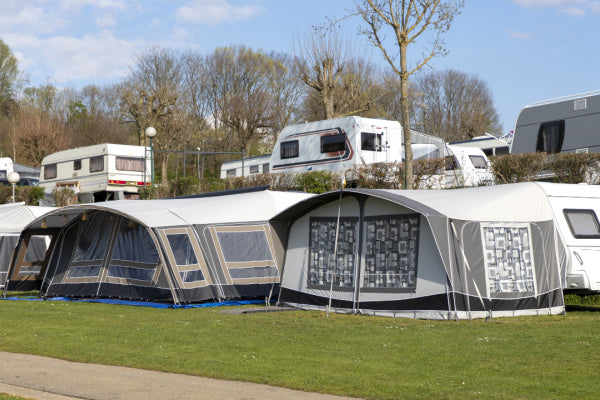Can You Run a TV Off a Portable Power Station?
Yes, you can run a TV off a Portable Power Station—perfect for camping, power cuts, or Netflix in the woods. But how long it lasts (and whether it even turns on) depends on your setup. Stick around to avoid frying your station—or your binge-watching dreams.
Powering Your TV with a Portable Power Station: The Essentials
Yes, It Works! Understanding How a Power Station Runs Your TV
The Basics: What a Power Station Does (Inverter, Battery)
A portable power station can be a useful TV power source in places where traditional electricity isn’t available. This includes camping sites or outdoor parties.
These devices work by storing energy in a battery, then using an inverter to convert that stored DC power into AC electricity. This allows them to run standard household appliances like TVs.

Why a Pure Sine Wave Inverter Matters for TVs
TVs generally run best on a pure sine wave inverter. This type of inverter mimics the smooth electrical wave you’d get from a regular wall outlet.
Using anything less can lead to flickering, overheating, or even long-term damage to sensitive electronics.
Common Uses: Blackouts, Camping, Off-Grid Entertainment
People use power stations in all sorts of situations: power cuts, road trips, backyard movie nights, and anywhere you’d want a telly without a wall socket nearby.
They’re especially handy for staying entertained when the mains power is down.

Key Factors: What Determines if Your TV Will Run (and for How Long)?
Your TV’s Power Needs (Watts Explained)
Finding Your TV's Wattage (Label, Manual, Estimates by Type/Size)
TVs come in all shapes and sizes, and so do their power requirements. You can usually find wattage details on the label at the back, in the manual, or online from the manufacturer.
Here’s a quick breakdown of typical consumption:
-
32” LED TV: 30–50 watts
-
40” LCD TV: 60–80 watts
-
55” 4K TV: 100–150 watts
-
65” OLED TV: 150–250 watts
Power Station Capacity (Watt-Hours - Wh) and Output (Watts - W)
Portable power stations are measured in watt-hours (Wh), which indicates the total energy stored. You’ll also need to check the output power, measured in watts (W).
To run a TV properly, your power station must meet or exceed the TV’s required wattage. Larger screens or extended use will need more capacity.
Calculating Estimated Runtime: A Simple Formula (Wh / TV Watts = Hours)
To estimate how long your TV will run, use this simple formula:
Runtime (hours) = Power Station Capacity (Wh) ÷ TV Power (W)
For example:
-
A 32” LED using 50W on a 500Wh station = 10 hours
-
A 55” 4K using 120W = about 4.2 hours
-
A 65” OLED using 200W = roughly 2.5 hours
Real-World Influences on Runtime (Brightness, Volume, Connected Devices)
Real-world usage can reduce runtime. Higher brightness, loud sound, or plugged-in devices like game consoles or speakers all draw more energy.
These factors are important when calculating how long your setup will last on a single charge.
Choosing the Right Portable Power Station for Your Television
Assessing Your Needs: How Much Power & Portability?
Decide how you’ll use the TV. A compact station might be fine for a short camping trip.
For all-day viewing or larger TVs, you’ll want more capacity. Prioritise a balance between power and portability.
Must-Have Features for TV Use (Sufficient Wh, Output W, AC Outlets)
Your power station should include:
-
Enough Wh to meet your viewing duration
-
Sufficient Watt output to match your TV’s power needs
-
At least one AC outlet
-
A pure sine wave inverter
These features help avoid compatibility issues.
Recommended Power Station Sizes for Different TV Durations (e.g., a few hours vs. all day)
As a rough guide:
-
32” TV: 100–200Wh for short viewing
-
40” TV: 200–300Wh
-
55” TV: 300–500Wh for longer use
Choose higher capacities if you plan to power other devices too.
Considering Other Devices: Can It Power More Than Just the TV?
Many people also use their power stations to run routers, streaming sticks, or Bluetooth speakers.
Make sure to factor these in when calculating power needs. It’s easy to underestimate how quickly energy drains when multiple devices are connected.
Optimising and Extending Your TV Viewing Experience
Maximising Runtime: Tips and Tricks
Adjusting TV Settings for Lower Power Consumption (Brightness, Eco Mode)
Turn down the screen brightness, activate eco mode, and disable unnecessary features. These settings can extend your runtime noticeably.
Minimising Phantom Drain from TV and Connected Peripherals
Disconnect USB drives, HDMI devices, and other peripherals when not in use. Even when idle, they draw a small but steady amount of power.
Efficient Recharging Strategies for Your Power Station (Solar, Wall, Car)
Keep your power station topped up using:
-
Wall outlet (quickest)
-
Solar panels (ideal for off-grid use)
-
Car charger (great for travel)
Charging strategies matter when you're relying on it for multiple uses.

Safety and Best Practices for Using a Power Station with Your TV
Ensuring Proper Ventilation for the Power Station
Always place the power station in a well-ventilated area. This prevents overheating, especially during extended use.
Using Correct Cables and Avoiding Overload
Use only appropriate cables and ensure your devices don't exceed the power station's rated capacity. Overloading can cause automatic shut-offs or even damage the unit.
Understanding Power Station Lifespan and Maintenance
To extend your power station’s lifespan, store it properly and recharge it every few months.
Avoid complete discharge, and keep it away from extreme temperatures.
Other content you might like:
- How Long Do Portable Power Stations Last?
- Can Portable Power Stations Be Used Indoors?
- Can Portable Solar Power Stations Work in Winter?
- Are Portable Power Stations Allowed on Planes?
- How Many Hours Will a Portable Power Station Last?
- How Long Can a Portable Power Station Run a TV?
- Can You Leave a Portable Power Station Plugged In All the Time?
- Will a 1000W Inverter Run a Refrigerator?
- What Can a 150W Portable Power Station Run?
- How Many Batteries Do I Need for a 1000W Inverter?





Leave a comment